So, for the new food and wine lover, here is my four-step guideline to wine appreciation.
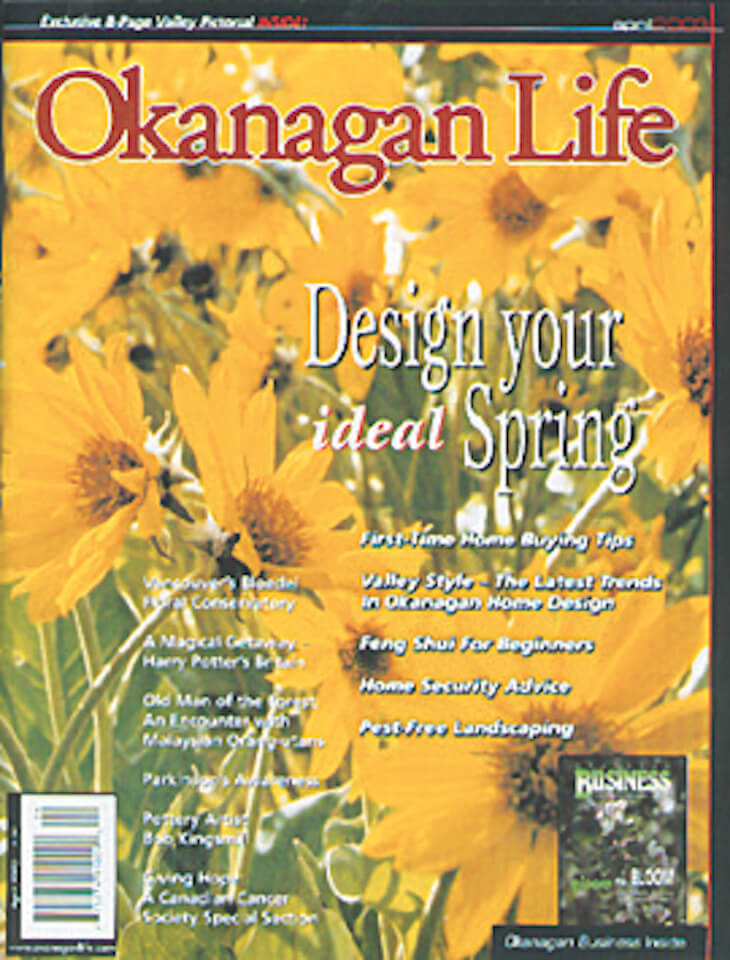
By Dennis Dwernychuk

Mia Papodopoulos tasting at the Okanagan Life wine awards in 2016
Times are a changing! What does it tell you when the world’s largest fast food company experiences it’s first revenue loss. Perhaps North Americans are fed up (no pun intended) with animal fat-soaked artificial beef and chicken parts. We are slowly but surely taking on the health conscious Mediterranean diet; olive oil instead of butter, garlic, Provençal herbs, fresh fruit and vegetables, lean meats, and an exponential demand for red wine. More and more consumers are appreciating the satisfaction of preparing healthy meals accompanied by a robust glass of wine.
So, for the new food and wine lover, here is my four-step guideline to wine appreciation. This analysis demands an unpretentious attitude; there is no such thing as a wine expert. I have been in the business for more than 25 years, and I haven’t come across an “expert” yet. Every bit of wine knowledge you acquire makes food and wine pairing that much easier. Here goes!
First
Appearance: Make sure you have clean stemware, well rinsed, with a sufficient bowl and tapered top to allow a sample to be swirled without it being ejected onto your neighbour’s white satin dress. Premium glass manufacturers like Reidel and Villroy and Boch have several shapes and sizes for different varietals at a premium price. I have found the classic Bordeaux style to be the best overall glass shape.
Pour only one third of a glass. This will allow you to effectively swirl the wine and release the aroma components up the inside surface. Look for both colour and clarity.
The sample should be free of haze, cloudiness and surface film. Any of these conditions may indicate bacterial spoilage or other defect. Older wines should be stood up in bottle for a few days and decanted prior to serving. I decant all red wines.
Colour is observed at the far meniscus line and the centre of the bowl. Look for intensity, opaqueness, or transparency. White wines gain colour with age, while red wines loose colour with age. White wines change from yellow-greens through golden yellow to yellow-brown while red wines change from purple through purple-red to garnet to red-brown; all a function of natural reductive oxidation.
Second
Aroma: Smell is everything! Most of wine appreciation resides in your nose. Aroma is divided into:
- Primary – characteristics of a particular grape variety. Each grape has an identifiable genetic blueprint predisposing it to a set of specific aromas – Merlot vs. Cabernet Sauvignon vs. Shiraz.
- Secondary – aromas associated with alcoholic fermentation
- Tertiary – also known as bouquet, the essence derived from oak barrel and/or bottle maturation. When nosing a sample, use specific adjectives; cassis, blackberry, pineapple and so on, rather than flowery or fruity. This will develop your ability to distinguish among and between the varietals. Shiraz from British Columbia, Australia, and the Rhone Valley of France will have similar but unique characteristics as a function of soil, micro-
climate, grape growing, and wine making techniques specific to each region.
Third
Taste: Your tongue is divided into four main receptor areas. The front detects sweet, the sides acidity – what many call sour, salt is tasted over the entire surface, and bitter at the back.
That’s it. What you perceive as flavour is a combination of these four areas plus a retro-nasal effect.
Tactile sensations of weight and body are primarily due to the effects of alcohol; increases in the alcohol content increase your perception of sweetness, glycerol, tannin; the drying effect over the entire mouth surface, and residual sugar.
White wines should be “balanced” between the perceptions of sweetness and acidity while red wines are balanced among sweet, acid, and tannin for any given level of flavour perception.
Fourth
Finish: the perceived persistence of flavour after swallowing. This perception should be consistent with the aroma and flavour intensity. The longer the better! A totally balanced wine possesses integration and equivalent intensity between aroma, taste, and finish.
Make notes on the attributes you appreciate in particular wines. Remember wine tasting is subjective, what you appreciate will be different from what I like. The differences are a function of our tasting and smelling experiences throughout our lives. The main thing is to have fun.
Finally, two service tips.
- Chill white wines only one hour prior to serving. Your palate’s ability to perceive detail in wine is a function of molecular size. The colder the sample the more difficult it is to sense the full extent of a white wine’s character.
- Decant all red wines. This will release the aroma and flavour components. I constantly hear people comment that the wine was better when the bottle was almost empty. Removing the cork to let a wine “breathe” is a
fallacy; only the top inch of wine benefits.
Now get out there, gather some friends and do a blind tasting. What a great way to learn about this growing lifestyle. Cheers!
Read more of the original stories celebrated in our 30th-anniversary issue.
Park & Play at even more Kelowna parks this summer
Kelowna’s parks will soon be filled with bouncy castles, games and entertainment as the Park & Play program returns for another summer of free family fun. From Monday, July 3, to Friday, August 25, the City’s Park & Play crew will set up at local parks across...
Celebrating 150: O’Keefe Ranch presents “Canada’s Wild West” Cowboy Dinner Show
The Cowboy Dinner Show is back for its 9th season at the O’Keefe Ranch as, this year, Canada and The O'Keefe Ranch both celebrate 150 years in existence. The show will take guests back to Canada's Wild West and Rob Dinwoodie and his western musical trio "Open Range"...
Charity fundraiser Summer Sips raises funds for Operation Smile
A Wine Tasting + Silent Auction hosted by Kelowna’s Miss Universe Canada Finalist Miss Universe Canada Finalist, Shanelle Connell, is partnering with Prospera Place and the Delta Grand Okangan Resort to host a summer charity event with an authentically Okangan theme —...
The Okanagan celebrates First Nations wellness on June 21
On June 21, First Nations and Aboriginal peoples across BC, their partners and the general public will celebrate wellness at 160 National Aboriginal Day of Wellness events. Over 20,000 people are anticipated to take part in wellness-focused, community-organized...
Sculptures enhance permanent legacy of former UBC student
Student’s father creates bronze deer in memory of his son Two bronze deer now grace the grounds of UBC’s Okanagan campus, a gift that will forever stand as a legacy to former undergraduate student River Sidley. River died suddenly in 2014 and received a posthumous...
Kelowna residents weigh in on Agriculture Plan
Kelowna residents and local farmers are reminded of an opportunity to review the draft Agriculture Plan at an upcoming public information session. Wednesday, June 21 4-6:30 p.m. Reid Hall, Benvoulin Heritage Park (2279 Benvoulin Road, Kelowna) Those unable to attend...


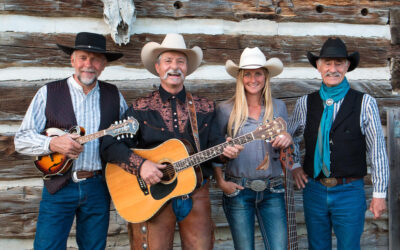
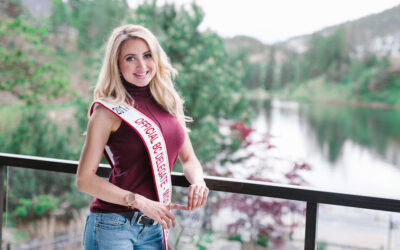
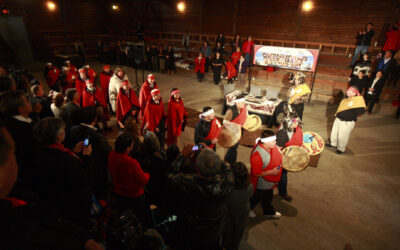

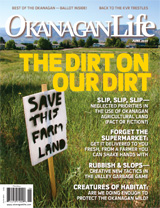
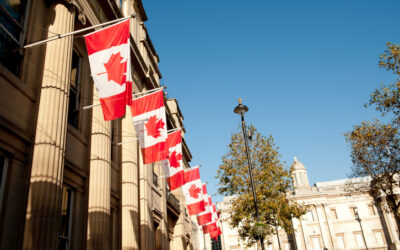
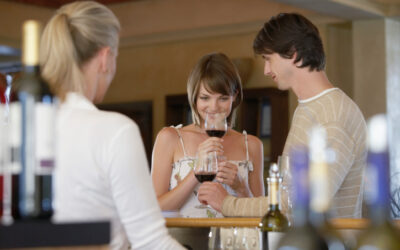
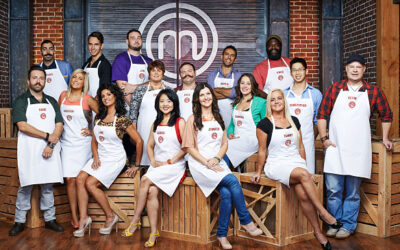
0 Comments